Why Do Hummingbirds Have Long Beaks?
There are many exciting things to know about hummingbird beaks, which always help increase the appeal of these little birds. The beaks of the tiniest birds are astonishingly long, making it easier for them to eat and defend themselves. But why exactly do hummingbirds have long beaks?
Hummingbirds have developed long beaks with the passage of time. Their beaks are specially adapted for survival. A hummingbird’s long, curved beak is precisely built to aid the tongue in sipping the flower syrup/nectar.
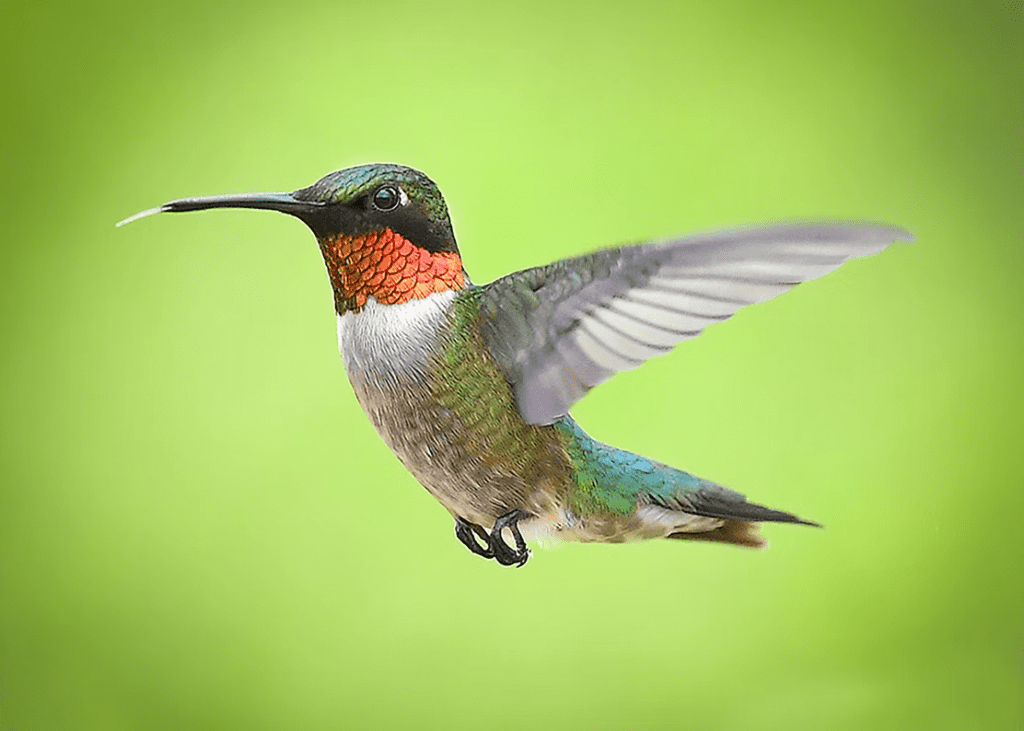
Furthermore, hummingbirds have more than 350 different species present worldwide, and the beak length of every species varies according to its genetics (evolutionary status) and environment.
Fact: The beak’s length has a significant influence on the sorts of flowers it visits. Hummers or hummingbirds collectively are drawn to flowers with long, thin petals.
Some hummingbird beaks grew to fit the flower’s shape. For example, the bent beaks of hummingbirds such as the Lucifer hummingbird allow them to better access nectar from specific flowers.
More about hummingbirds beak
A hummingbird’s beak is only a protective covering for the bird’s tongue, which it uses to extract nectar from flowers. They have a forked tongue that is covered with tiny hairs.
Depending on the species, a hummingbird’s beak can be as little as 8 mm or as long as 120 mm.
Birds with bills that are precisely sized to fit within flowers are able to get more nectar and consume it more quickly.

Do hummingbirds sip nectar with their beaks?
Many people believe that hummingbirds use their beaks as straws to drink nectar because they are so long. This, however, is not the case.
Rather than a straw, the bird’s beak serves as a barrier to protect its tongue. This is because hummingbirds take nectar with their tongues rather than their beaks. To access the nectar, the tongue just needs a safe route through the long beak’s opening.
The hummingbird inserts its perfectly designed long beak into the flower’s center, followed by its tongue’s protrusion and applying the capillary action mechanism to take nectar into its mouth. The hummingbird’s tongue immediately swallows the nectar.
Are hummingbirds capable of opening their beaks?
You’d think a hummingbird didn’t open its beak based on how it feeds. But, it’s not the case. Hummingbirds have the ability to open their beaks whenever they want. But they have an incredible amount of control over their beaks, and they typically only open up about half of it or the very tip of it. If you have witnessed a hummingbird in flight with its beak open, it most likely has its attention focused on capturing a fruit fly.
Sometimes, hummingbirds open their bills/beaks when they’re too hot. If you live in a hot environment and have a bird feeder placed on the side of your yard that faces the sun, you may be able to observe this phenomenon.

Can they use the beaks as a weapon?
Hummingbirds don’t hesitate to protect themselves with beaks when they sense danger. They will use their long thin beak to stab their opponent’s neck. When it comes to a territorial dispute, the same rules apply. Furthermore, hummingbirds use their beaks as weapons during mating season.
Conclusion
A hummingbird’s beak is one of these birds’ most intriguing features. It’s a separate portion of the body that has evolved over time (especially in length) in response to changing dietary sources. Its sturdiness makes it suitable for use both as a weapon and as a shield for the tongue. It’s also flexible, allowing it to reach certain insects.
Keep an eye on where you place your backyard bird feeders and the holes’ size. If the bird feeder holes are small, they can injure or even shatter their beaks when trying to get food. So, try to use these bird feeders especially made for hummingbirds! Interested in Hummingbirds Feet? We list several interesting facts about hummingbird feet here!
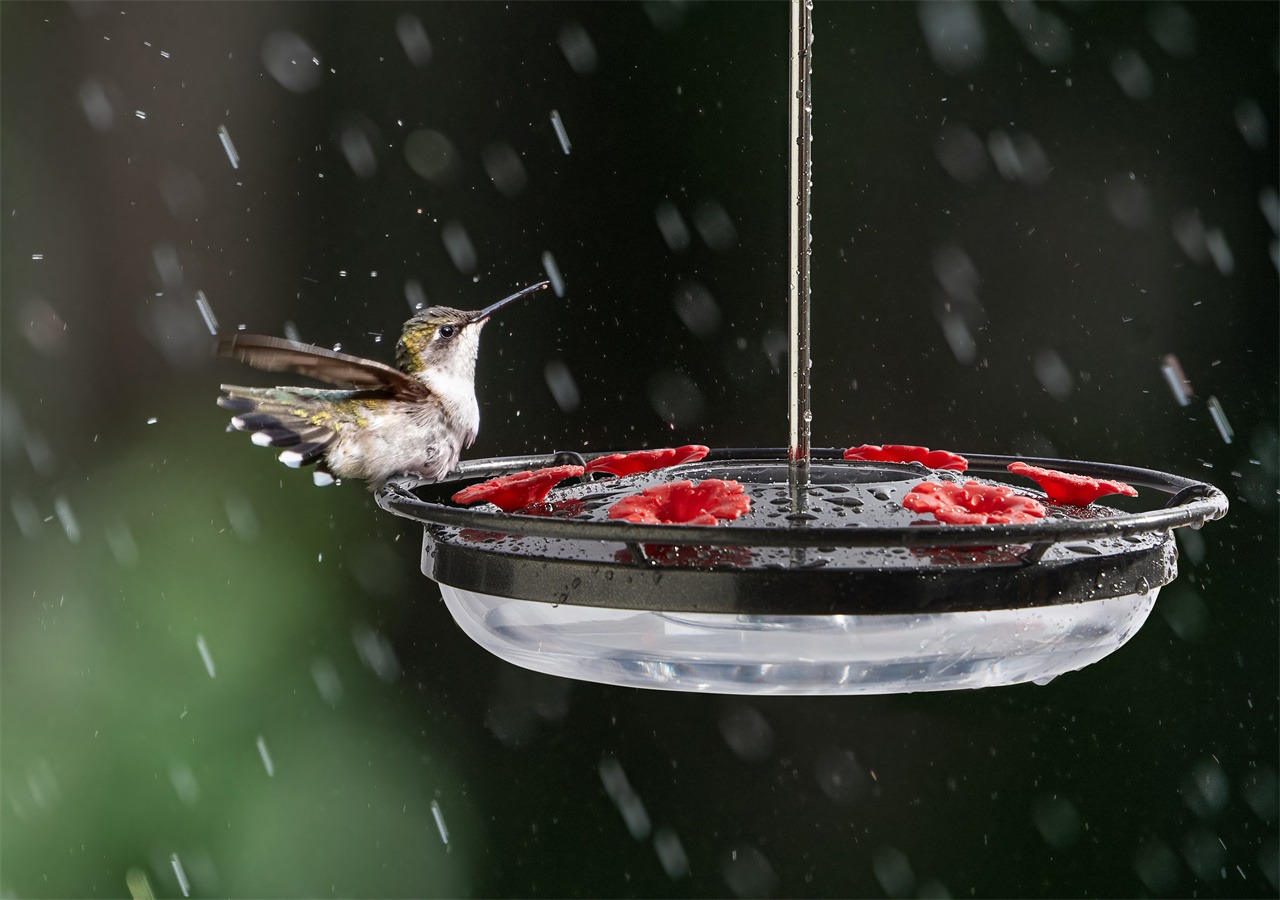
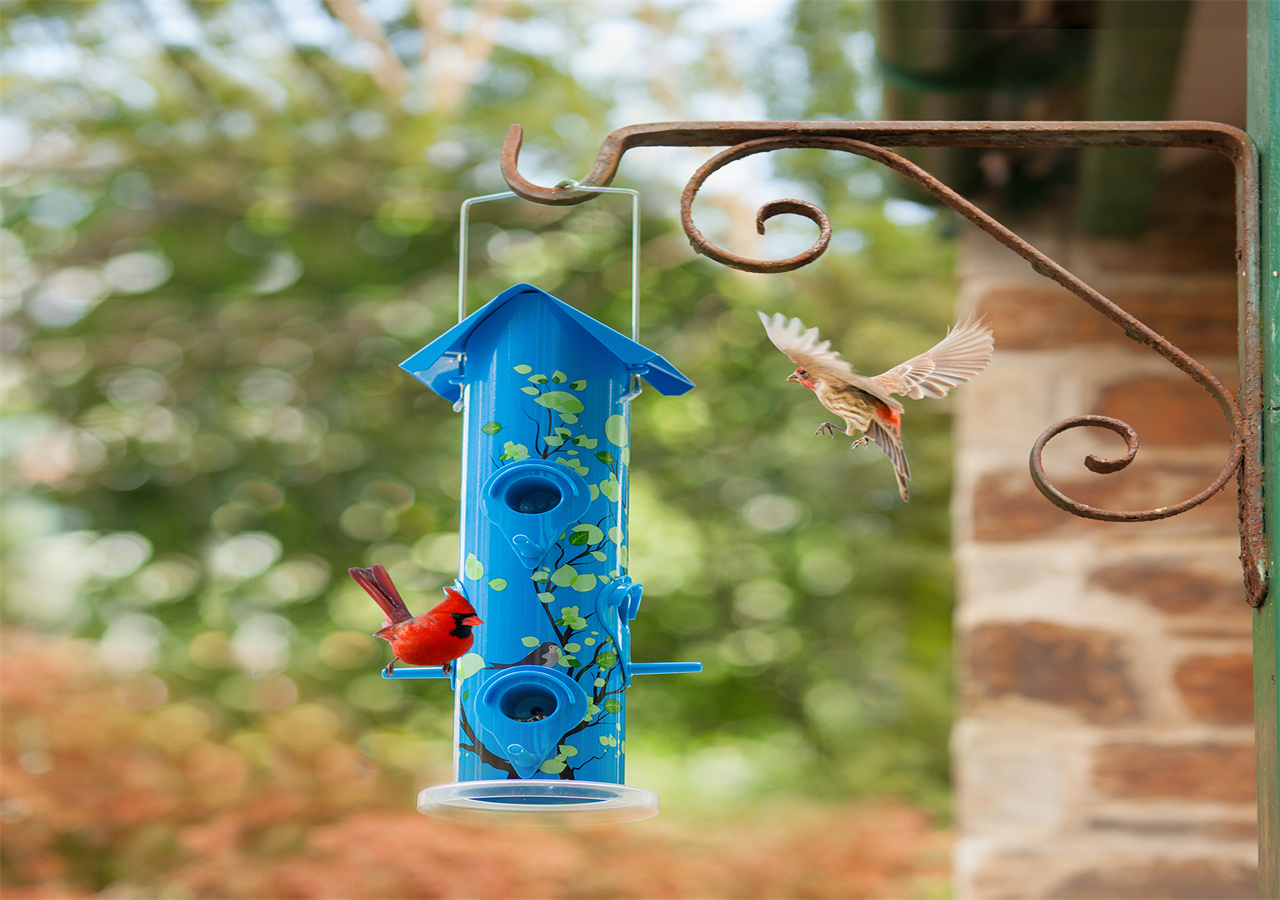





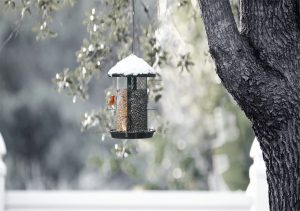
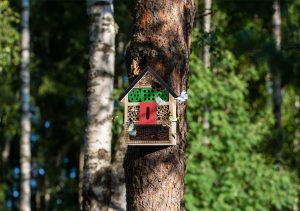


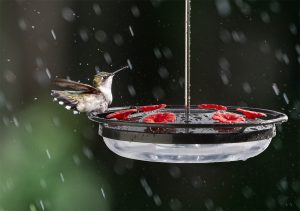
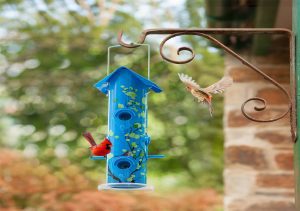
Post Comment